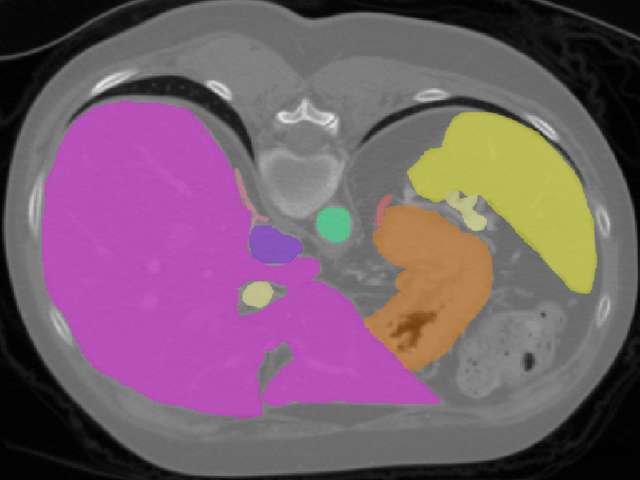Semantic Segmentation
Semantic segmentation refers to classification of individual pixels in an image to a set of predefined categories/classes. Semantic segmentation is a fundamental type of image analysis that has a plethora of applications across all imaging domains, for example the categorization of land covers in satellite images, street scene segmentation, organ segmentation, tumor localization, cell segmentation and many more.
In contrast to instance segmentation, semantic segmentation only assigns each pixel a category, and does not distinguish between different instances of the same category.
Publications
Scaling the U-net: segmentation of biodegradable bone implants in high-resolution synchrotron radiation microtomograms
Baltruschat I, Ćwieka H, Krüger D, Zeller-Plumhoff B, Schlünzen F, Willumeit-Römer R, Moosmann J, Heuser P - Scientific Reports - 2021
nnU-Net: a self-configuring method for deep learning-based biomedical image segmentation
Isensee F, Jaeger P, Kohl S, Petersen J, Maier-Hein K - Springer Science and Business Media LLC - 2020
